
AI for Structural Heart Procedures
Structural heart diseases include structural deformation of the heart, like valve leakage: the blood flows in two directions and the patient is losing efficiency of

Structural heart diseases include structural deformation of the heart, like valve leakage: the blood flows in two directions and the patient is losing efficiency of
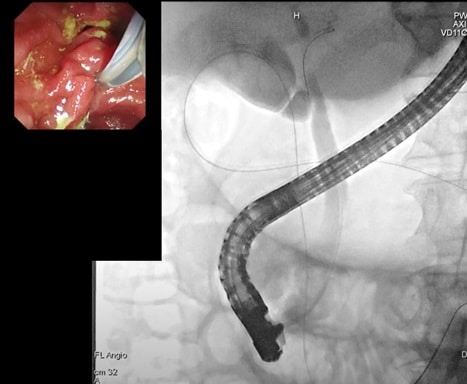
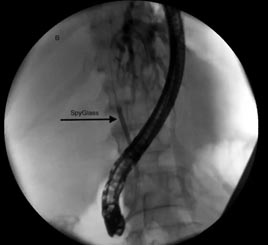

Image analysis techniques and artificial intelligence are leading to radical innovations in renal cancer diagnosis and treatment. In particular, renal cancer robotic surgery. Advanced AI algorithms and computer vision assist in detecting and classifying all kinds of renal diseases, using segmentation and contour detection. This results in improved diagnostic accuracy and enhanced personalized treatment for patients. Moreover, robotic assistance in renal surgeries has gained increased traction in both complete and partial nephrectomies. Surgical planning and 3D reconstruction based on CT and MRI images play vital roles in successful robotic-assisted kidney-related procedures
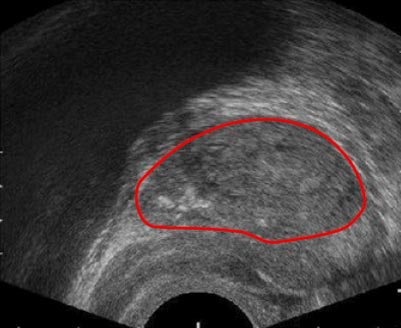
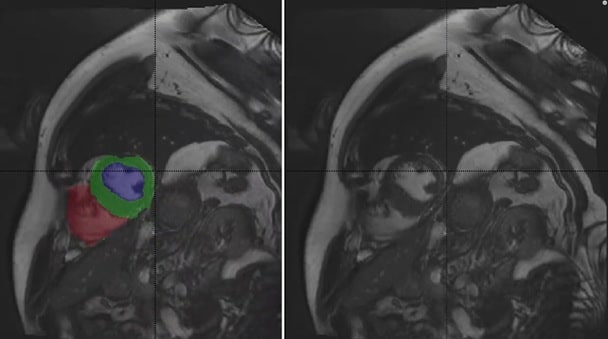
Cardiac magnetic resonance (CMR) imaging plays a critical role in the assessment and management of patients with coronary artery disease (CAD), a leading cause of

Lymph nodes are routinely examined and assessed during physical examination of patients in a clinic or hospital setting. Enlarged lymph nodes can be indicators of

New AI technologies by RSIP Vision are very powerful in analysis of tissues and histopathology. This complex task, which has been haunting for years the medical community, has now a very practical solution: deep learning gives very fruitful results to several challenges, like the segmentation of cells and nucleus and the classification of the cells according to the detected pathologies.

1.1 Segmentation tasks [10] suggest a new fully convolutional network architecture for the task of cardiovascular MRI segmentation. The architecture is based on the idea

Deep learning has been successfully applied in various applications in pulmonary imaging, including CT registration, airway mapping, real time catheter navigation, and pulmonary nodule detection.

Recent works suggest novel deep learning tools for detection, segmentation and characterization of eye disorders. Accurate segmentation of retinal fundus lesions and anomalies in imaging



Dry eye disease (DED) is one of the most common ophthalmic disorders. Inflammation of the ocular surface is controlled by corneal antigen-presenting cells called dendritic
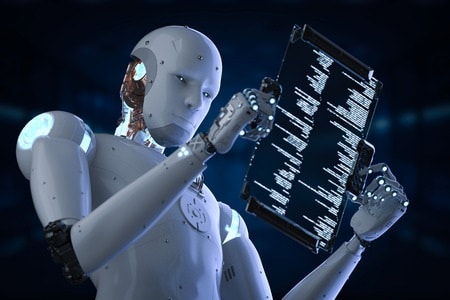
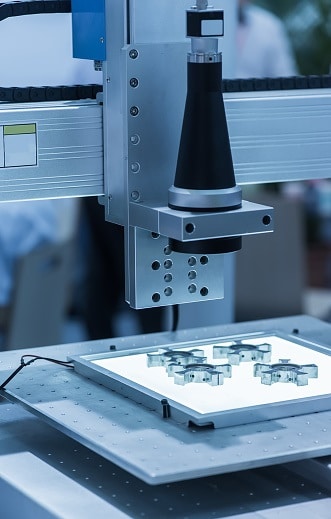

Machine vision algorithms are also used to operate robots in the high-precision semiconductor industry. Robots perform these intelligent tasks supported by machine vision software: several methods are currently used to detect defects and classify them, with important economies in both time and money. Robots in the semiconductor industry too can take advantage of deep learning techniques: their main benefit is the dramatic improvement in the defect classification abilities of the robotic devices.

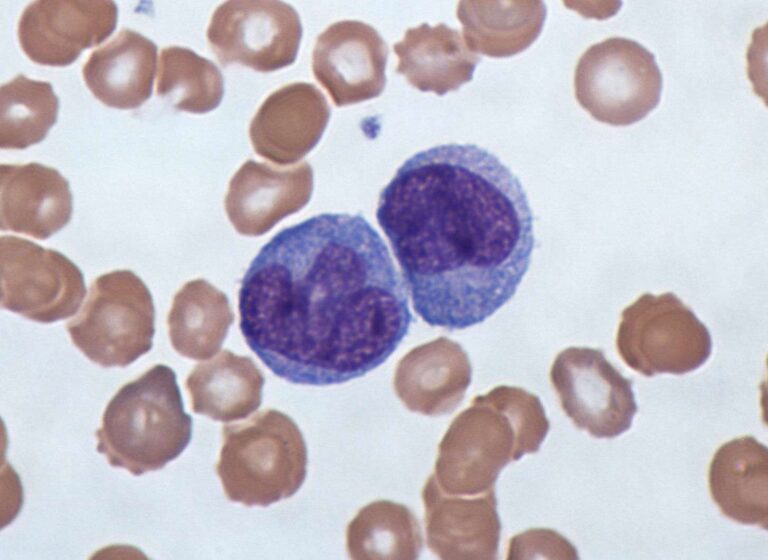
Whenever the task of classification of single cells is required, RSIP Vision offers pioneering technologies in both segmentation and classification of cells and nuclei. This module includes also the initial task of locating the best area in the slide that might give the best candidate for the classification.


Automatic detection and diagnosis of various types of machine failure is a very interesting precess in industrial applications. With the advancement of sensors and machine intelligence,

Three sources of apparent object deformation can occur: a change in the shape of the object itself, partial or full occlusion by dynamically changing background

During the last few decades, the field of biomedical imaging was shaken by major breakthroughs, which have completely changed the way physicians can observe imaging data. For

In search for a pattern in an image, a video or a signal, one has to consider several sources of bias, noise and uncertainties. Such

Classification problems in image and signal analysis require, on the algorithmic side, to take into account complex information embedded in the data. Images might contain

Segmentation of lesions in images, such as those obtained from MRI, ultrasound, CT etc, can be viewed as classifying pixels (or voxels, in the 3-D

Using aerial images taken by drone, plane or satellite, RSIP Vision can create forestry image processing and analysis software to efficiently determine: Trees detection Automatic

Using aerial images taken by drone, plane or satellite, RSIP Vision develops software for image processing and analysis in forestry to efficiently determine: Forest border

Our readers already know about the video classification software which we developed for a client wishing to classify untagged online videos in order to match relevant
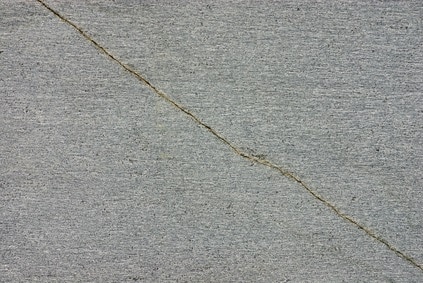
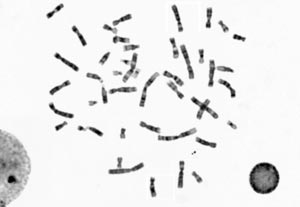



Please fill the following form and our experts will be happy to reply to you soon
Subscribe now and receive the Computer Vision News Magazine every month to your mailbox
© All rights reserved to RSIP Vision 2023